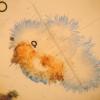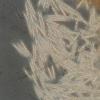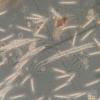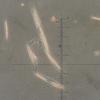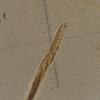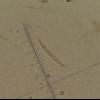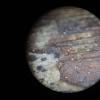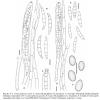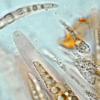
30-12-2025 16:44
Pascal DucosBonjour,Une anamorphe rose stipitée, très nombre

30-12-2025 17:14
 Bernard CLESSE
Bernard CLESSE
Bonjour à toutes et tous,Pourriez-vous aider Albe

29-12-2025 10:15
Hulda Caroline HolteHello, I found and collected this propoloid ascom

30-12-2025 09:04
Hello.A Pyrenomycete sprouting sparsely but very d

29-12-2025 17:44
Isabelle CharissouBonjour,J'aimerais savoir si d'autres personnes au

12-11-2021 00:03
Lepista ZacariasHi everybody,A week ago in my fiels trip I noticed

29-12-2025 17:12
 Bernard CLESSE
Bernard CLESSE
Bonjour à toutes et tous,Pourriez-vous m'aider à
The spores look like those of Tubeufia cerea but it could be compared with characteristic specimens of this species growing on the same branch. In other features quite different: size of ascomata, asci length, apical ring (lacking in Tubeufia?) and spore septation.
No satisfactory outcome with the Tubeufia key of Rossman (1987). And Tubeufia is bitunicate. Tubeufia or other genera to consider? Does somebody know Conioscyphascus (Reblova 2004)?
Hi,
See in Diaporthales. Some genus are possible (Pleuroceras, Linospora, ...)
Could yopu show us an ascomata ?
Alain
Alain, thanks for your suggestion to make a photo, it forced me to look further.
I have found more ascomata under the bark, some partly immersed in the rotten wood.
They were coloured olive greenish.
More important this time I found several with a papilla (about half the size of the ascoma).
Furthermore the ascomata are soft and start to collapse after 10-15 minutes.
Here is a photo of an ascoma, bad quality but it gives an idea how it looks.
Eduard

Cheers,
Jacques

the species is IKI-, I have tested it. It only turns red in Congo.
regards,
björn

Yes, I remarked !
And about strange ascos, I just found Pleospora herbarum on lichen !!! (on Peltigera rufescens), absolutely incredible but it is true.
Alain

I am of course happy that this collection has got a name.
Björn did a very good job, very frustrating to find something with clear features without being able to identify it.
I had considered the genus Conioscyphascus but was much in doubt because the spores look much broader in the drawings of Reblova & Seifert. Also I did not note the rather long neck (see fig. 27).
Jacques, the ascus top was not amyloid as photo 5 suggests.
I will check the original and I will come back on this tomorrow.
EDuard



